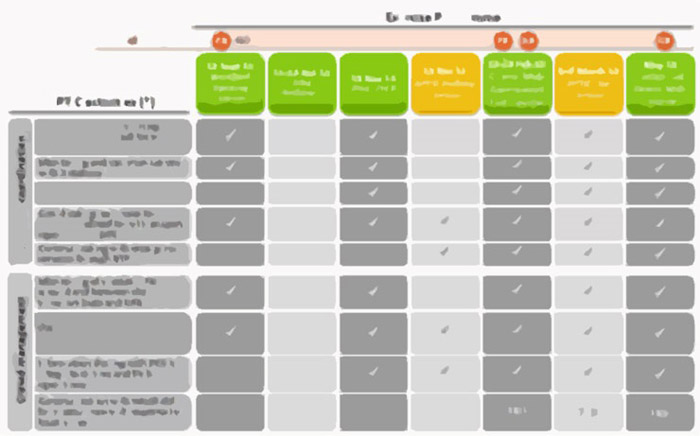Developing the testing strategy for a special Transport Center

Our client was responsible for the development of a transport and traffic monitoring center in the heart of the sports activity for the world’s premier multi-sport event, i.e. in a venue cluster where more than 70% of the total activity would take place. This center was designed to monitor pedestrian movements, station operations and rail services delivery, coordinate spectator demand with rail capacity, and intervene in case of incidents in the transport network.
One year before the delivery of the multi-sport event, our client was about to complete its operational planning, an opportune time to formulate its testing strategy in order to validate its operational readiness in a staged manner. Given our significant exposure to the transport environment of the event, we were asked to develop and deliver the centre’s operational readiness strategy.
The way to problem solvingWe first reviewed the testing plans of various stakeholders of the city’s transport environment in order to understand their level of sophistication and maturity. Furthermore we proposed to fully capitalize on the pre-planned test events and exercises for the event, in order to adequately test critical interfaces with other transport centers and to be able to replicate event-like situations of increased volumes and stressed transport systems.
Subsequently, we determined the nature of testing that was appropriate for the Center, including testing as an autonomous unit (focusing on internal organization, processes, contingency plans and technology resources), and testing the centre’s interfaces with other operational centers. We defined the types of exercises to be included in the testing strategy, spanning from desktop exercises till live (operations-based) exercises.

We synthesized the operational readiness plan and developed an overview of the scope of each exercise, as well as its objectives in terms of people, operations, technology and infrastructure. The final plan included five exercises to be integrated with the overall testing plan of the broader transport environment, and three standalone exercises.
In order for the Transport Center to obtain maximum benefit from these exercises, the proposed testing strategy was supplemented by a structured evaluation process, aiming to ensure that robust data are collected and to provide a mechanism for identifying areas of improvement.
ImpactThrough this testing program, the robustness of operational planning was assessed and any identified gaps were timely identified and addressed. In addition, the Transport Centre’s performance against its scope of activities was validated, while collaboration lines with stakeholders were exercised and fine-tuned.
The operational readiness exercises also provided an excellent opportunity for training new staff.
After the completion of the testing program, the Transport Center was characterized as an event-ready function fully prepared to fulfill its role, and address the anticipated transport challenges during the event.
Back
